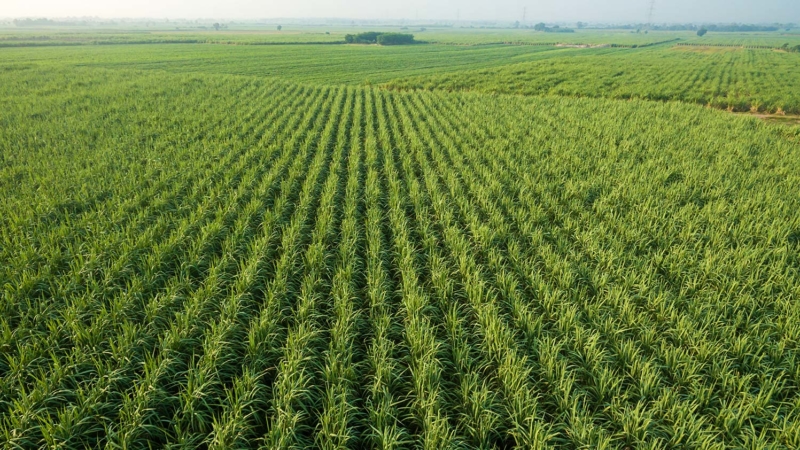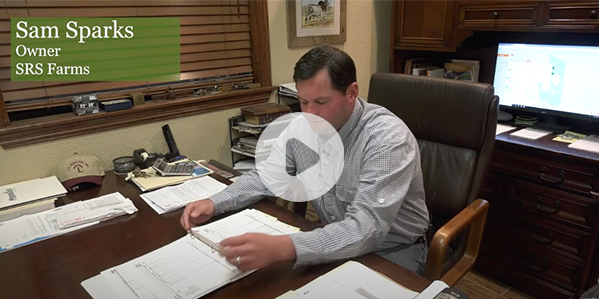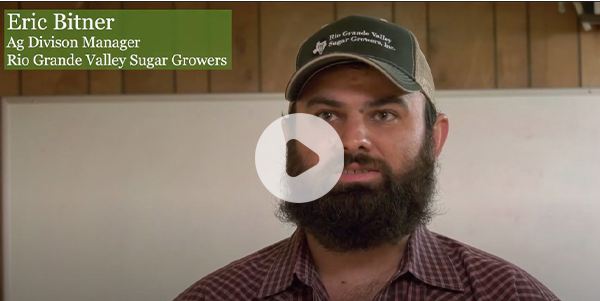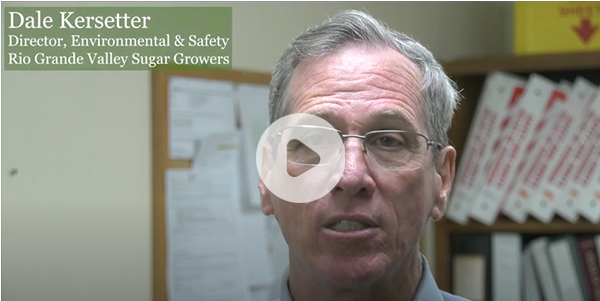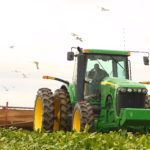Sustainable Technologies Move Texas Sugar Industry Forward
Over the past two years, we’ve been on a mission to document the many ways that the American sugar industry has been delivering on its decades-long commitment to producing sugar, sustainably.
Most recently, prior to the current health crisis, the American Sugar Alliance met with the sugar farmers and workers keeping a vibrant sugar industry alive in Texas. The Rio Grande Valley Sugar Growers have made significant investments over the years in sustainable technologies to conserve water and maintain healthy soils.
The importance of these efforts has come into greater focus as the current global health crisis as well as the impact from hurricane season have created new challenges for Texas and underscored the importance of the reliable production of this essential food ingredient.
When Sam Sparks’ grandfather started SRS Farms in the Rio Grande Valley, modern precision agriculture was still generations away.
Times have changed drastically. There wasn’t a whole lot of precision type practices performed back in the day.
“We wanted to find a way to better tailor not only from an economic standpoint but also a productivity standpoint,” Sparks said.
Today, SRS is a very different operation fueled by data on every aspect of farming, including the application of fertilizer. Now, Sparks can apply the precise amount of fertilizer that each specific field requires at any given time.
“This is very much sustainable because instead of applying a blanket rate of fertilizer across a field or across a farm, we are tailoring it not only per area of the farm but per field,” he said.
Water in south Texas is a scare resource, tightly managed and metered out to farms all across the Rio Grande Valley. It’s not like other places, where farmers can plan on plenty of help from the clouds.
“We actually irrigate our cane to live for the next rainfall,” said Eric Bitner, Ag Division Manager for Rio Grande Valley Sugar Growers. “That’s exactly what happens.”
Precision ag has so many different meanings, he said. The biggest thing is simply producing more sugarcane with less inputs, such as water. Bitner is helping farmers use a new irrigation system that they can control from their phones using Wi-Fi capabilities.
“Using every millimeter of irrigation water… we can actually use less water and get a good, if not better, product to the sugar mill,” he said.
Because water is so critical to the farming communities that call this region home, keeping that water clean is one of the highest priorities of the sugar cane industry.
At the Rio Grande Valley sugar mill, all of the water that comes from making raw sugar is reused, cleaned or evaporated. Even the water that falls on the mill as rain.
Water that isn’t reused in the process of making raw sugar, is captured and sent to evaporation ponds so that it doesn’t end up in the public waste streams.
“I think it’s very important to be an environmental steward,” said Leonard Simmons, Rio Grande Valley Sugar Growers board chairman. “And as not only a cane grower, but as a citizen here in the Rio Grande Valley, I want to make sure that our water resources continue to be good and clean for everybody to use.”
For more information on the sustainability efforts of America’s sugar industry – from the Rio Grande to the Red River Valley and everywhere in between – please visit SugarSustainably.org.

